[ASEAN-Japan Special 2] Taking on Common Challenges! Addressing Population Aging in Thailand and Sustainable Resource Use in Malaysia
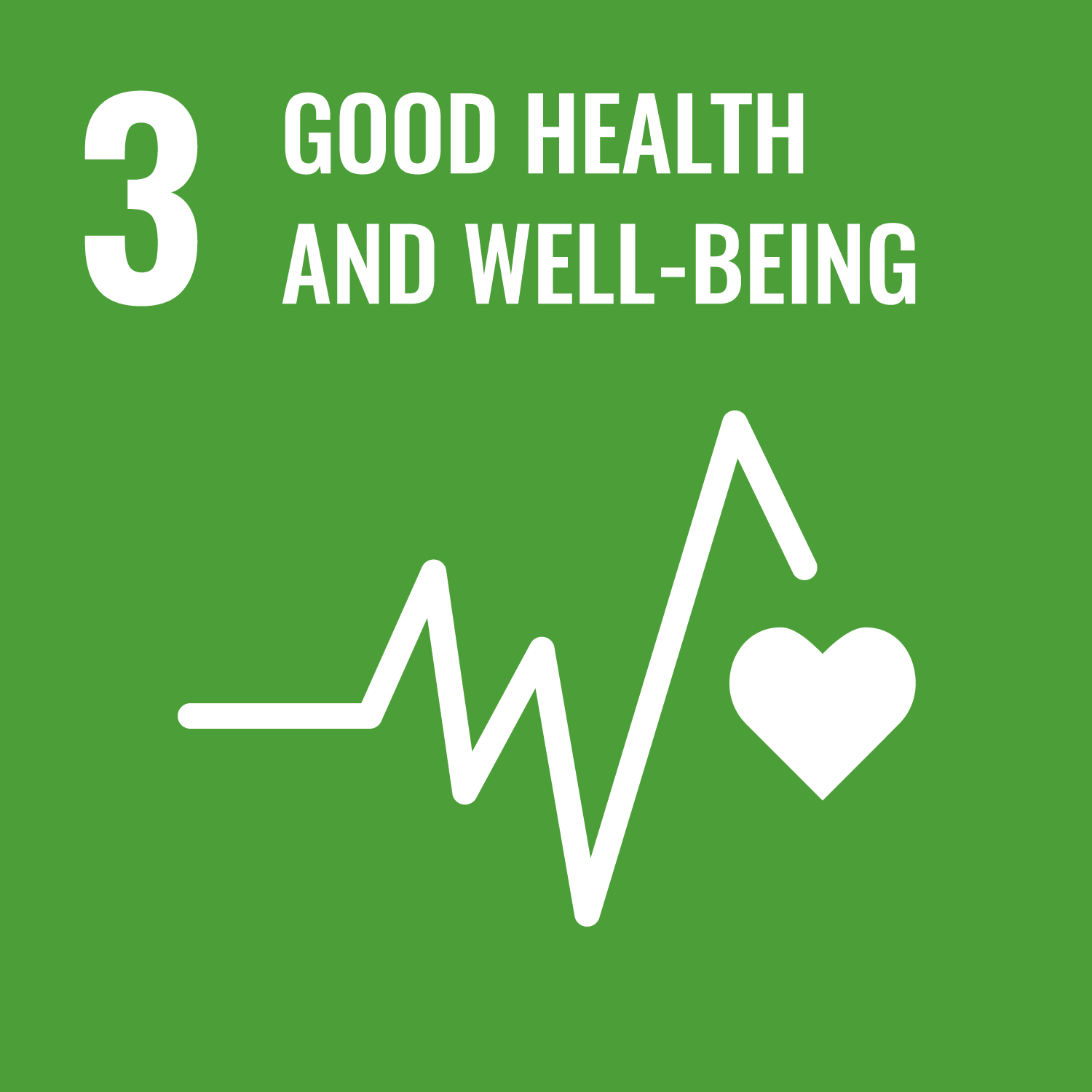
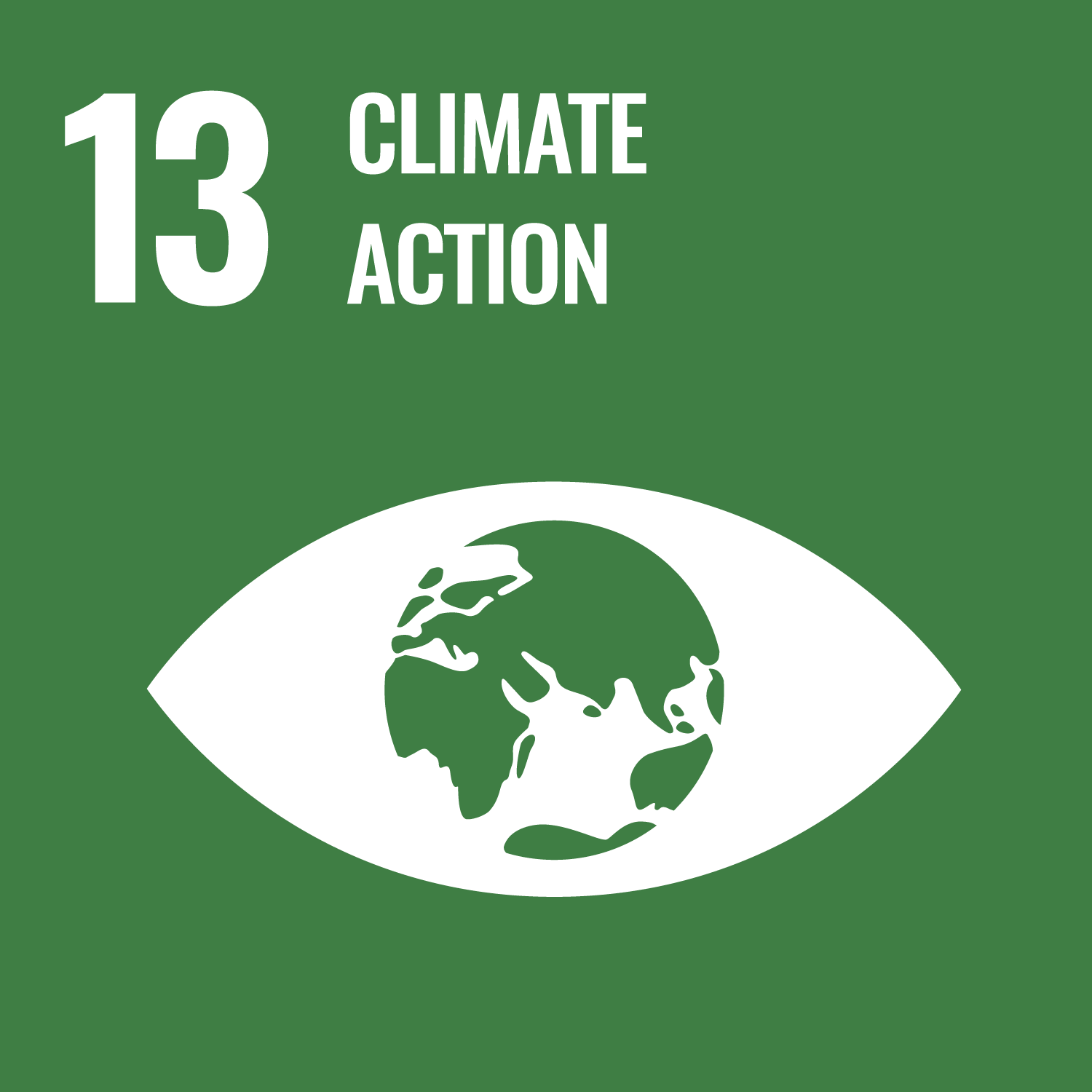
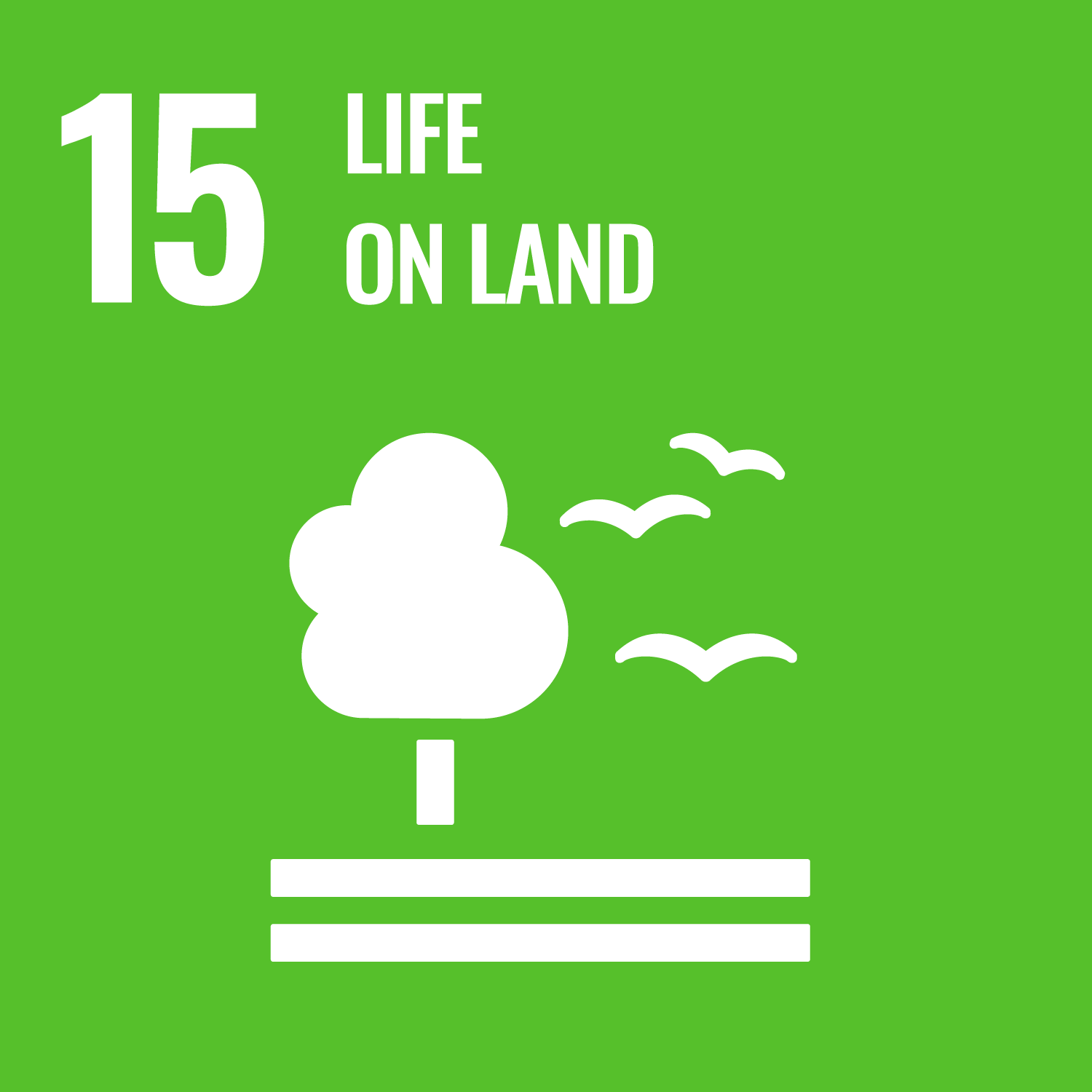
2023.12.12
This is the second in a special series of articles to commemorate the 50th Year of ASEAN-Japan Friendship and Cooperation. The series is meant to reflect on the trust and development that Japan and JICA have built with the Association of Southeast Asian Nations (ASEAN) and the future of their partnership. In this article, we will focus on two issues important to both ASEAN and Japan: measures to address population aging in Thailand and the use of sustainable resources in Malaysia. We will introduce the initiatives taken by Japan and JICA to tackle these issues from the perspectives of these countries.
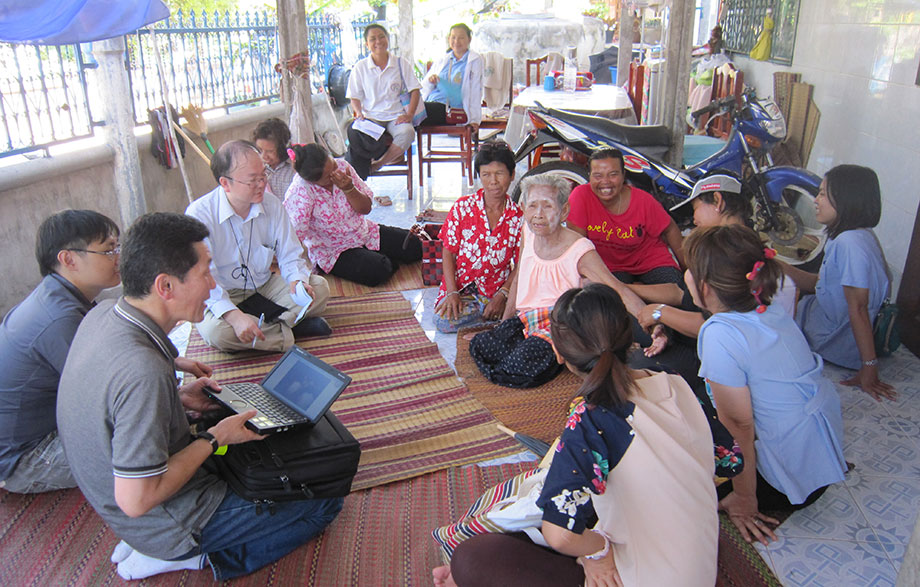
Japanese experts in long-term care for older adults on a project site in Thailand.
ASEAN is developing at a spectacular pace. The total population of member countries has grown to about 680 million people as of 2022 (which is about 5.5 times the population of Japan), and the total GDP is predicted to overtake that of Japan in 2030. ASEAN and Japan’s relationship is now evolving from that of “supporter” and “supported” to an equal partnership looking ahead to the future.
This partnership is also taking place in the area of social issues. Japan is working with Thailand on the development of a response to the latter’s rapidly aging population, and with Malaysia on the sustainable use of resources.
An aging society is a common issue for many ASEAN countries. In Thailand, the aging population, which has come as a result of the rapidly declining birthrate and the extension of the average life expectancy, has made poverty and nursing care for older adults major social issues. According to UN data, the proportion of people aged 65 and over in Thailand has gone from 4.3% in 1990 to 16.0% in 2023, and is predicted to reach 31.6% in 2050. While it is currently lower than Japan’s rate of 29.1% (in 2022), it is becoming a super-aged society (a society with an aged rate of 21% or more) at a speed faster than Japan, so developing measures to cope with the aging of the population is an issue common to both countries.
JICA Senior Advisor Nakamura Shintaro is in charge of JICA’s efforts in the fields of social security and aging measures. “Thailand’s population is aging so fast that the government hasn’t been able to keep up,” he says. “There are many issues, including nursing care, the pension system, and older adult employment, and these come under the various jurisdictions of the Ministry of Public Health, the Ministry of Social Development and Human Security, the Ministry of Finance, and the Ministry of Labor. The disadvantages of such a vertically divided administration have been well documented.”
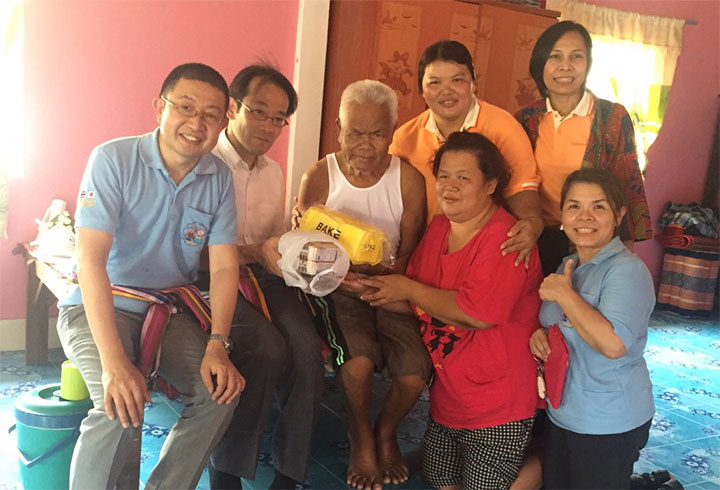
JICA Senior Advisor Nakamura (far left) on a visit to an older person’s house in Thailand. The visit was part of a JICA project to promote care services tailored to older adult’s needs.
Thailand has approximately 12 million people over 60 years of age who are defined as “older adults.” Of these, only 10% receive an occupational pension corresponding to Japan’s employee pensions, and most people are unable to survive on their pension alone. According to research by the Asian Development Bank, about 30% of these older adults reported some form of physical functional disorder. “If someone’s health deteriorates and they cannot work, they will soon fall into poverty,” says Nakamura. “This can result in a negative cycle, as those who must care for other family members lose their jobs if they can’t afford to pay for outside nursing care.”
Comprehensive efforts must be taken so that older adults and their families can live with peace of mind. In Thailand, JICA has worked for 15 years in sharing expertise regarding Japan’s long-term care insurance program and “seamless community care” to support older people living at home. “Through these initiatives, we were able to make the huge achievement of introducing the Japanese concepts of care management and care planning*1 into the long-term care program launched by the Thai government in 2016,” says Nakamura.
Traditionally, Thailand has relied on a strong sense of family and community to support the lives of older adults, so families are hesitant to use nursing care facilities. On the other hand, each region has its own "health volunteers,” who play a role in protecting people’s health, with approximately one million of these volunteers nationwide. By taking advantage of Thailand’s system of mutual assistance and the help of these volunteers, JICA supported the Thai government in the provision of a wide range of community medical care, rehabilitation, and daily living support.
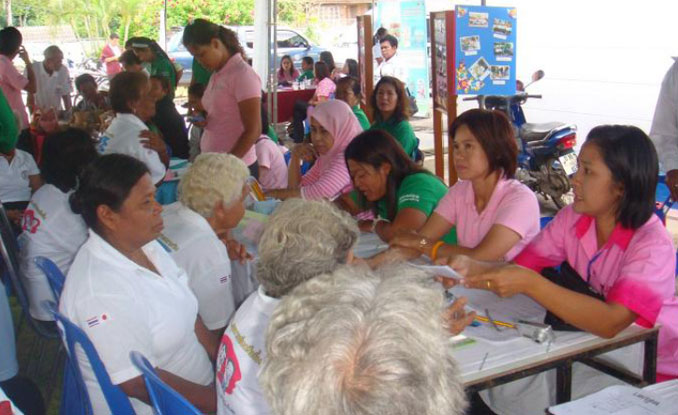
The “Mobile One-stop Service” supported by JICA involves public health center staff, municipal welfare officials, and others, visiting villages to perform health checks and old-age allowance processing with the help of the local community.
According to Nakamura, in Thailand there are Buddhist temples offering support day services in which health volunteers talk to older adults to maintain social connections, and there are many other aspects that could be of interest in the field of nursing care in Japan. “Nursing care is something that supports living, and as people’s lifestyles are different so is the way that nursing care is provided,” he says. “In Japan, decisions such as what services to provide and who can receive them tend to be made within the framework of the long-term care insurance program. I feel that it is necessary for Japan to allow for the level of flexibility in responding to older adults' needs that Thailand does—within not only formal professional services but also informal community support.”
Japan, a country with an advanced nursing care system, is sharing its experience, including its trials and errors, with Thailand, while learning from Thailand’s culture of mutual assistance and its flexibility. This opportunity to learn from each other will lead to the creation of new forms of nursing care tailored to each country.
Malaysia and Japan are working together to utilize the resource of oil palm trees. Palm oil produced by the trees is used in detergents and foods such as margarine and sweets. It is one of Malaysia’s key industries, and supplies about 30% of the world’s palm oil.
Palm trees, however, must be cut down about every 25 years, as the productivity of the fruit bunches (the fruit portion above the bunch) declines. Because of the high cost of transportation and other reasons, many felled trees are simply left in their plantations to decompose. This can cause infection by pathogenic fungi and make reforestation difficult, and spraying pesticides to control diseases can affect human health and contaminate the soil.
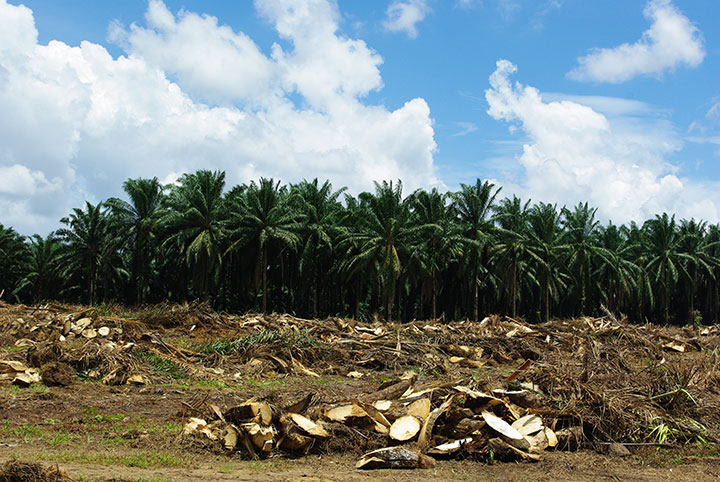
Oil palm trees left where they were felled. (Photo courtesy of Japan International Research Center for Agricultural Sciences)
The Japan International Research Center for Agricultural Sciences (JIRCAS), along with private companies, the Universiti Sains Malaysia, and government agencies, is working on an industry-government-academia-citizen project to derive high-added value from old oil palm trees for sustainable use and the regeneration of plantation land. In addition to evaluating the scientific and economic impact of leaving old trees to decay, various technologies are currently being developed to produce biogas and biodegradable materials, among other products, from the old trees.
JIRCAS expert Kosugi Akihiko led the project. “The use of biomass is considered important as a renewable energy, and palm biomass resources include branches, leaves, empty fruit bunches, and mesocarp fiber, in addition to the trunk,” he says. “The quantity of these resources is enormous, making them a very attractive renewable resource.”
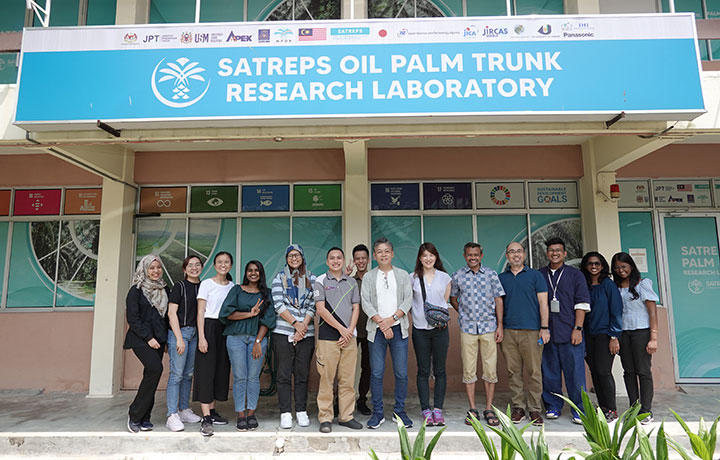
The oil palm tree project began in 2018 as part of the Science and Technology Research Partnership for Sustainable Development (SATREPS). SATREPS is a program that advances scientific and technological research with developing countries with the cooperation of JICA and the Japan Science and Technology Agency (Expert Kosugi Akihiko, center).
Ensuring a stable supply of resources has become a significant challenge in using biomass. This project, however, has also been successful in developing technology that is able to use the same process with different palm biomass resources. Even in challenging circumstances (such as during the rainy season, when transporting trunks from plantations may be difficult), stable procurement has become possible by substituting other resources. According to Kosugi. “Expectations are rising that this will serve as a reference for solving issues in biomass raw material procurement in Japan, while serving as a role model for biomass utilization technology in ASEAN countries with diverse agricultural production.”
The presence of a wide range of partners, including private companies, universities, and research institutes, is essential for ASEAN and Japan to cooperate in resolving common issues. Collaboration between private and public entities is particularly well advanced in those major ASEAN countries that have seen early progress in industrialization, and there are various projects already underway in such areas as caring for the aged in Thailand and sustainable resource use in Malaysia. JICA will continue to work on the development of partnerships to resolve various social issues.
Extending healthy life expectancy through the “Self-Sustained Movement Program” (Hatachi Industry Co., Ltd.)
In an aging society, efforts must be made to extend the healthy life expectancy of older adults and to reduce their reliance on nursing care. Hatachi Industry Co., Ltd., a sporting and recreational goods manufacturer and sales company based in Shizuoka Prefecture, has created the Self-Sustained Movement Program, in collaboration with Shizuoka University, to prevent older adults from developing the need for care. The program consists of the evaluation and analysis of self-sustained movement along with tests and training options to improve self-sustained movement, as well as involving trainers to manage and provide instruction. The program has been introduced in northeastern Thailand in an effort to improve the health of older adults.
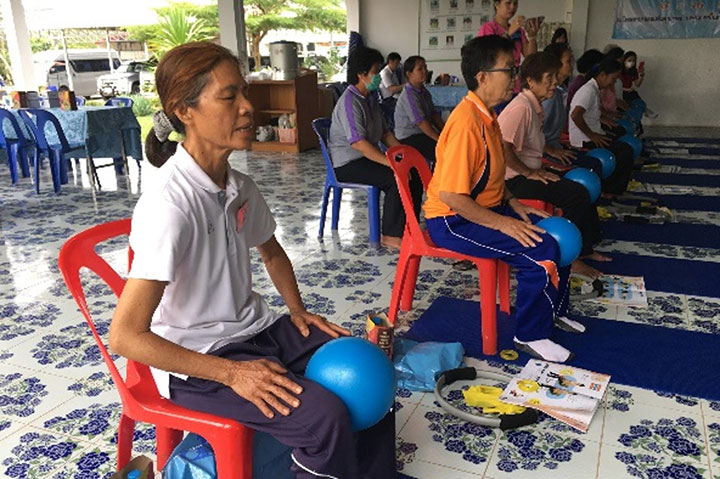
Older adults in Thailand taking part in Self-Sustained Movement Training to improve their health.
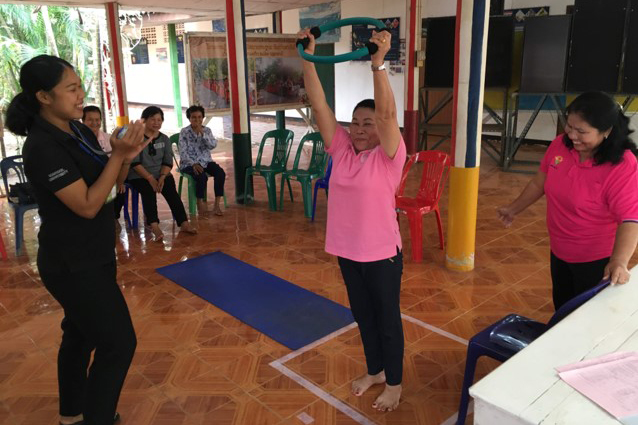
A Self-Sustained Movement test. (Photos courtesy of Hatachi Industry)
From old oil palm trees to recycled wooden boards (Panasonic Corporation)
The participation of Japanese private companies has been a major boost to the SATREPS project. Panasonic is the first company in the world to develop a technology that makes recycled wooden boards from old oil palm trees, and it is a technology that can be further applied to furniture and building materials. According to estimates, the greenhouse gases emitted from one piece of rotting wood waste is about 1.3 tons, so recycling is a significant deterrent in preventing the generation of methane gas. The use of old oil palm trees as an alternative to conventional forest resources is expected to lead to forest conservation and the prevention of global warming.

Intermediate material produced from oil palm waste using proprietary technology.

Upcycled boards made from the intermediate material. (Photos courtesy of Panasonic)
scroll